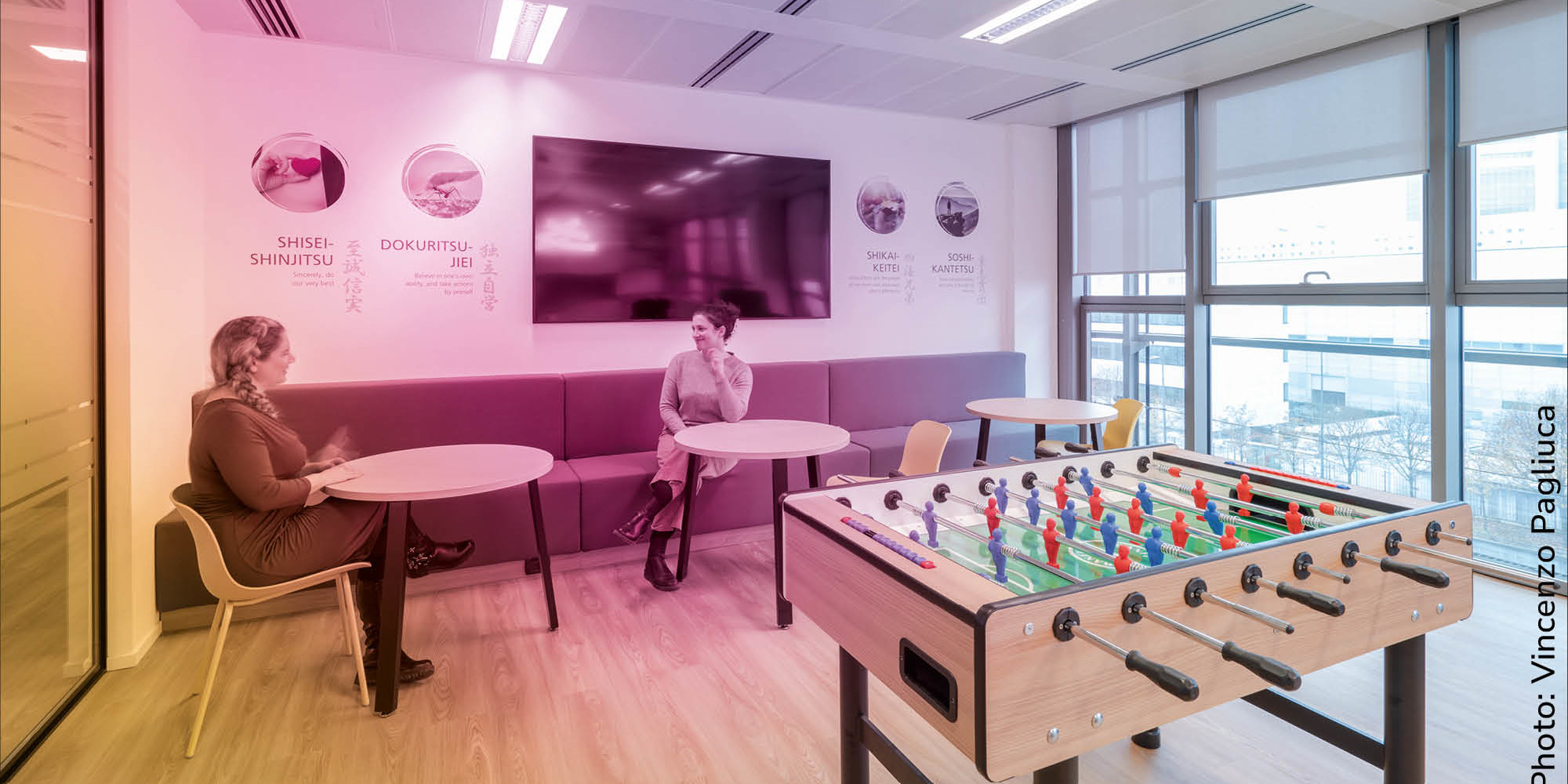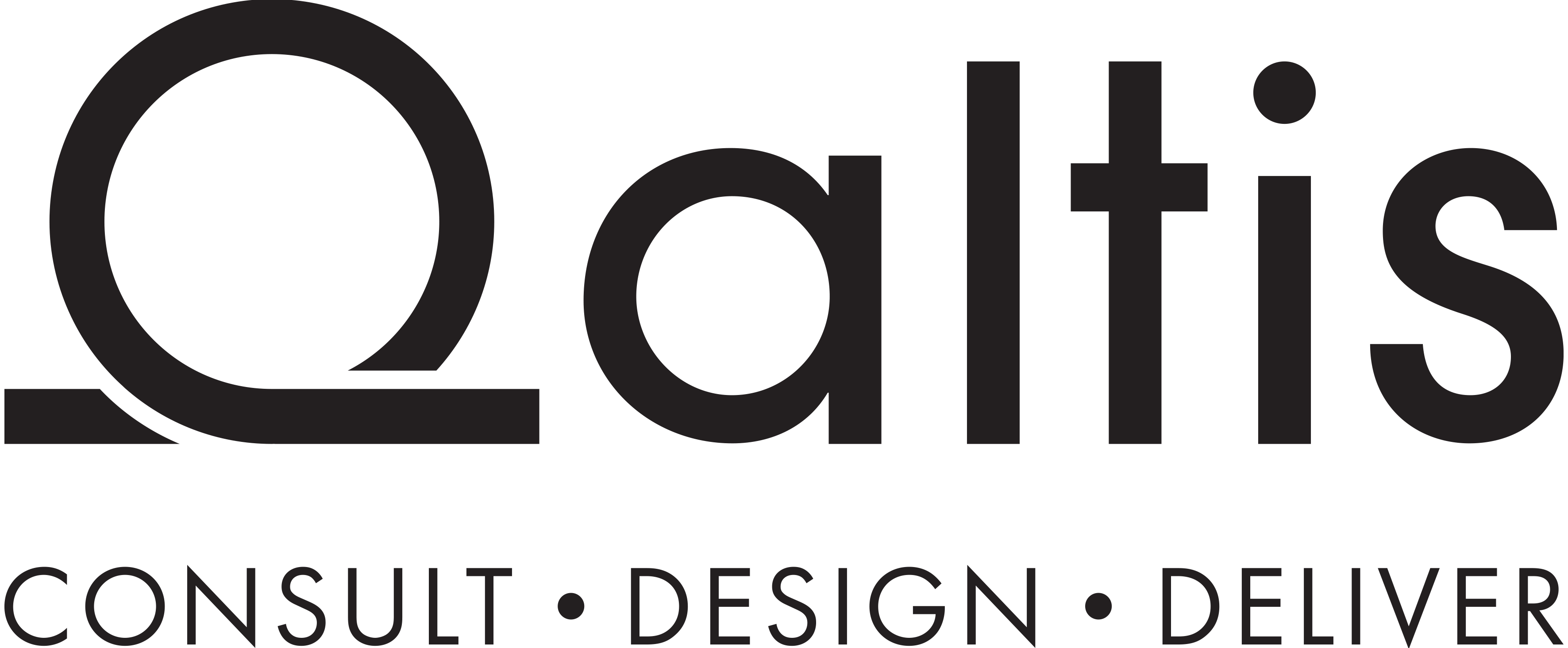Emotions are everywhere. In involuntary gestures, in the tone of an email, in the glances exchanged during meetings. Yet when it comes to work, emotions remain confined to the realm of soft skills. Empathy, emotional intelligence, stress management. Beautiful words, all too often reduced to footnotes in a list of individual performance metrics.
But what if we were witnessing a shift, and what if the way we feel became an integral part of the way we work? This question doesn’t come from philosophy, but from cognitive psychology, neuroscience, and organisational anthropology. Fields that tell us, clearly, that emotion and cognition are one and the same: without the first, the second does not exist.

Emotional Based Working
At Altis, we call it EBW: Emotional Based Working. It isn’t a pre-packaged model, but an exploratory field we are mapping through our Proprietary Research. It arises from the evidence that no space, process, or company culture can truly work unless it considers the emotional dimension as a strategic resource.
Is it the opposite of ABW? No, it’s its complement. While Activity Based Working organises spaces and time around what we do, Emotional Based Working organises them around how we feel. Together, they describe work as it really is: a complex system of activities, relationships, emotional states, physical postures, and cultural narratives.
Why emotions really matter
Emotions are what allow us to make quick decisions, assess risks, create connections, and design with meaning. Neuroscientist Antonio Damasio wrote it decades ago: “We are not thinking machines that feel, we are feeling machines that think.”
Designing for emotions means creating spaces that are beautiful and functional, but above all able to activate emotional states coherent with the processes they support. It means recognising that a certain type of light, temperature, noise, or spatial arrangement can trigger irritation or creativity, fatigue or focus.
From activity to emotion: the next frontier
In our latest editorial exploration, we asked ourselves: is ABW still the best model? The answer emerged clearly: we don’t think it’s enough. On its own, it’s insufficient to grasp the complexity of contemporary work. To do so, we need to take a step forward – because it’s not only activities that define work, but also the emotions that drive, sustain, and transform them. And that is the true raw material of human work.


